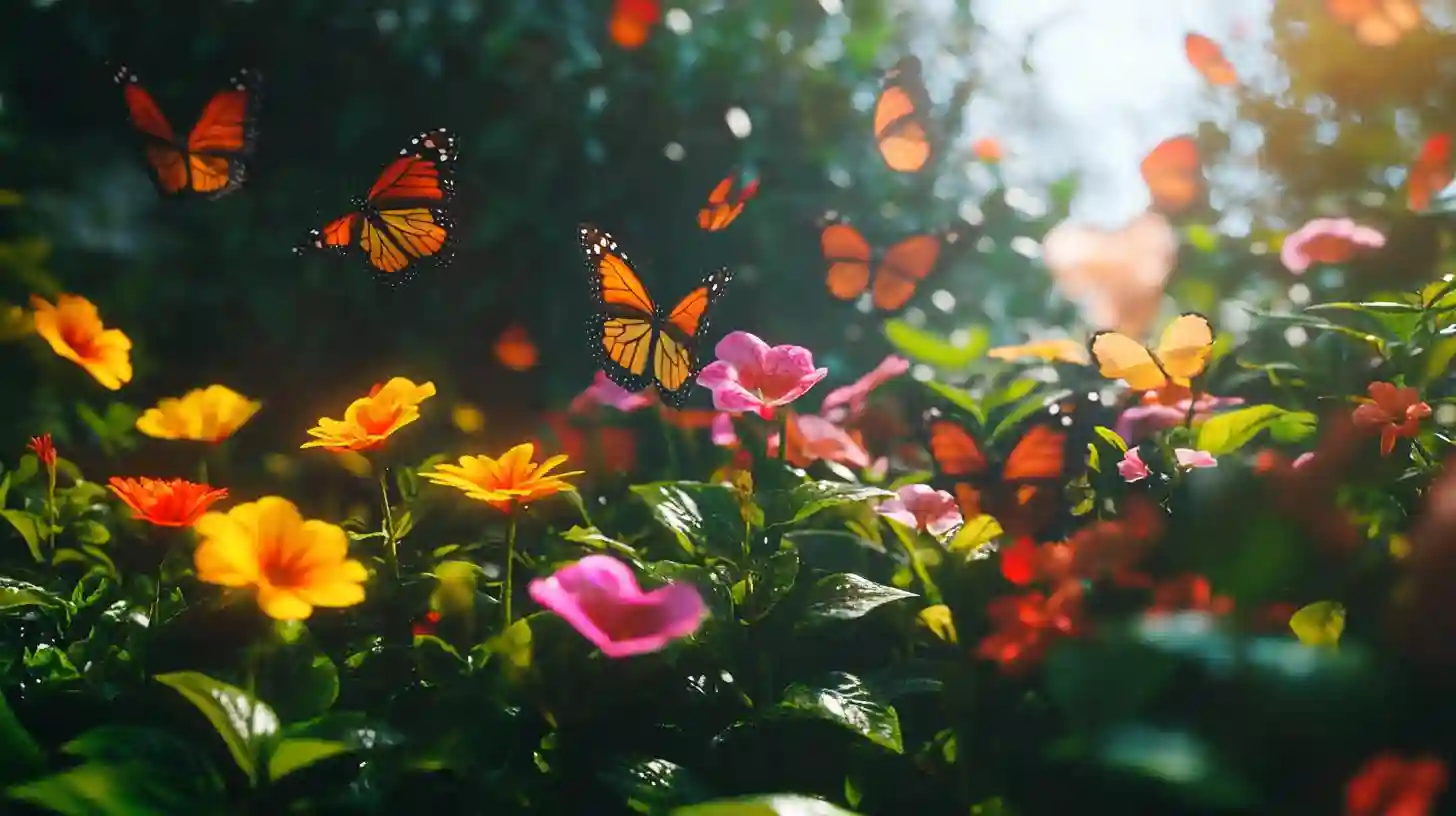
Creating a butterfly haven in your backyard is not only a delightful endeavor for flower enthusiasts but also a vital initiative for supporting local ecosystems. Butterflies play a significant role as pollinators, aiding in the reproduction of many flowering plants. By designing a butterfly-friendly habitat, you can foster a vibrant environment that attracts these delicate creatures while simultaneously beautifying your outdoor space. The process begins with choosing the right plants. Butterflies are drawn to nectar-rich flowers, which provide them with the energy needed for flight and reproduction. Opt for a diverse array of flowering plants that bloom at different times throughout the growing season. This diversity ensures that there are ample food sources available for butterflies from spring through fall. Some of the most attractive blooms include milkweed, coneflower, and lantana. Incorporating native plants into your butterfly garden is particularly beneficial, as native species are already adapted to the local climate and soil conditions. Butterflies have evolved alongside these plants and rely on them for food and shelter, making natives a crucial component of your butterfly habitat.
In addition to nectar sources, providing host plants for caterpillars is essential for completing the butterfly life cycle. Different species of butterflies prefer specific plants for laying their eggs and feeding their young. For example, monarch butterflies depend on milkweed, while black swallowtails are attracted to parsley and dill. By including a variety of host plants in your garden, you can support the entire lifecycle of butterflies, from egg to caterpillar to adult. Creating the right environment for butterflies also involves considering their habitat needs beyond just plants. Butterflies thrive in sunny, open spaces where they can bask in the sunlight, so select a location that receives plenty of sunshine throughout the day. Avoid overly shaded areas as they can hinder the butterflies' activity. Additionally, providing sheltered spots is crucial for protecting butterflies from harsh weather and predators. Incorporate elements like shrubs, low walls, or small trees where butterflies can rest safely.
Water sources are another vital element in attracting butterflies. A shallow dish with water or a small birdbath can serve as a watering hole. Remember that butterflies need a place to drink, but make sure to add some stones or pebbles to allow them to land safely while sipping water. Similarly, puddling areas with moist soil are enticing to butterflies, as they gather essential minerals and nutrients from the wet ground. To maintain a healthy butterfly habitat, it is crucial to minimize the use of chemical pesticides and herbicides in your garden. These substances can have detrimental effects on winged pollinators. Instead, consider organic pest control methods or natural repellents. Encourage beneficial insects to thrive in your garden, as they can help keep unwanted pests at bay while promoting a healthier ecosystem.
You can also create a welcoming environment for butterflies by incorporating additional features, such as flat stones for basking spots. Butterflies often warm their wings by resting on these surfaces when temperatures drop. With a mix of sun and shade, as well as areas to explore, your garden will become a thriving butterfly sanctuary. As you embark on this journey, keep in mind the importance of ongoing care and maintenance for your butterfly haven. Regularly check the health of your plants, ensuring they are thriving and free from disease. Prune as necessary to encourage new growth, and be mindful of the seasonal changes that influence the availability of nectar and host plants. By engaging with your butterfly garden throughout the year, you’ll create a dynamic space that continues to flourish.
Once established, a butterfly haven offers not only a beautifully landscaped area but also a rewarding experience for nature lovers. Take the time to observe the butterflies in your garden, noting which species are drawn to your plants. This observation can deepen your appreciation for their intricate life cycle and informative behaviors. Documenting your encounters can also contribute to citizen science initiatives, helping provide data that supports butterfly conservation efforts. Educate your family and friends about the importance of creating such habitats and inspire them to join in on this rewarding endeavor. Hosting workshops or garden tours can spread the word, encouraging others to create their own butterfly-friendly spaces. An enchanting butterfly haven in your backyard is a thriving ecosystem that offers visual delight and supports crucial ecological connections. With thoughtful planning and care, flower enthusiasts can create a vibrant refuge that attracts and nurtures these beautiful pollinators for years to come.